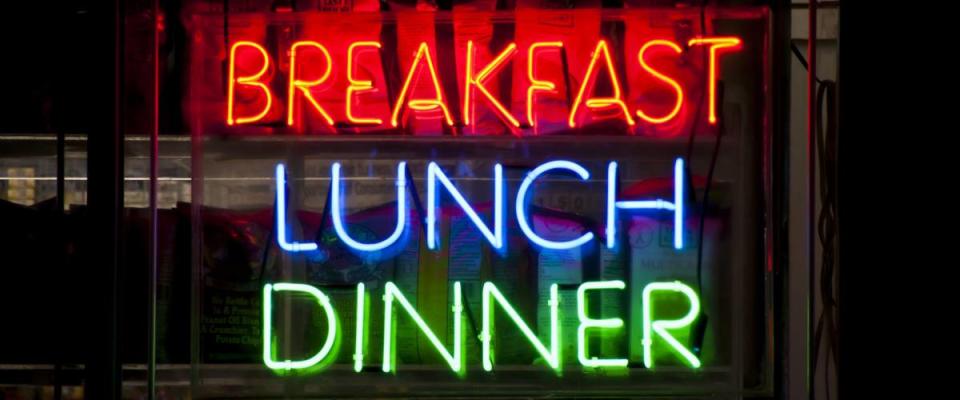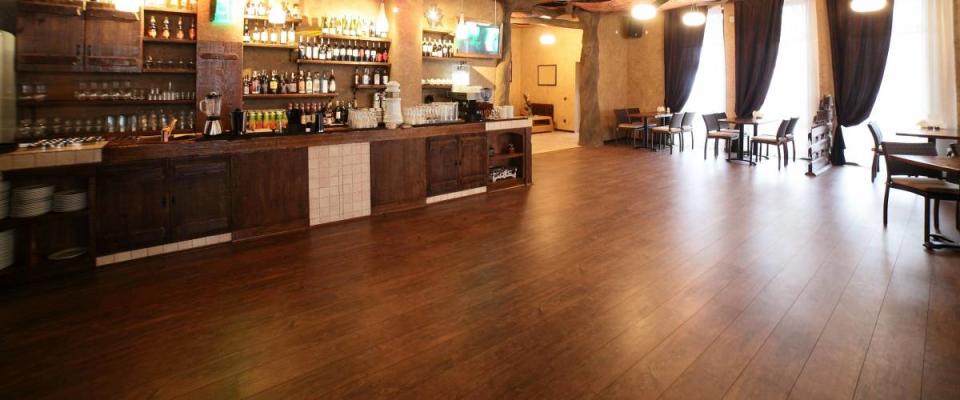Think You'd Like to Open a Restaurant? Here's Food for Thought

If you want to open a restaurant, you'd better be able to take the heat -- and not just in the kitchen.
A University of California, Berkeley study found that nearly 1 in 5 new restaurants (17%) fail in their first year. You need more than just sweet cooking skills to succeed in the food biz, or you'll easily wipe out your savings or run up your business credit card to the limit.
The good news is there’s more assistance available than ever before, and even more ways to get funding.
Food business and culinary incubators and consultancies are opening up in cities all over the country to help foodtrepreneurs develop their products, brands and businesses.
Interested in opening a restaurant? Here are the basics to get you started.
1. Nail down your brand

What kind of restaurant will you be operating?
Like all businesses, your restaurant must start with a concept and brand. Finding your unique restaurant idea will take in-depth market analysis and research.
You’ll need to decide on a service style (counter service? casual dining? fine dining?), your product (the food) and what kind of environment your restaurant will have.
Will it be a seductively lit, date-night place with live music? A rustic organic restaurant with long, shared tables? What types of customers will eat there, and how much time will they spend? What will they be willing to pay for the experience?
Your overall product — including the food and atmosphere — should target a particular clientele.
2. Create a menu

Create a menu
To draw up your initial menu, start by choosing some key food items that will fit with the atmosphere and appeal to your customers.
At this stage, you don’t need to know all the specifics. But a clear, basic understanding of the types of foods you'll serve will help you determine your staffing, equipment and vendor needs.
As you get closer to opening, you can flesh out your menu.
And once your restaurant is operational, you can update the menu to remove items that aren’t selling well, improve your offerings and increase your profits.
3. You'll need a lot of money

The costs really add up.
According to the restaurant blog Toast, the median cost (meaning half cost more, half cost less) of opening a restaurant is $275,000. Your price tag can be much higher or lower, depending on the area and type of establishment.
Rent is a major component of the cost. Restaurants that serve specialty foods or that need expert employees like pastry makers or trained sushi chefs will be more to operate, too.
If you’re opening a franchise, you'll pay an additional $10,000 to $50,000 in franchise fees.
Saving up so your restaurant dream can become reality? Calculate how long it will take you to reach your savings goal.
4. Draft a business plan

Draft a business plan — and get help if you need it
You’ll need a business plan for your restaurant, to present to prospective investors and lenders.
Start by estimating the startup costs and how much you’ll need to keep the restaurant running every day. Consider what you'll have to pay to rent the space, and for the food, labor and utilities.
Do the math to figure out how much the restaurant would cost to run for a year.
You’ll need to apply for a loan or find investors to cover what your own funds won't cover. If you need assistance with this step, seek help from a reputable food business consultant in your area.
5. Choose a location and get your permits

Choose a location and get your permits
Find a location that fits your budget, clientele, cost of labor, and competition in the area. Once you’ve discovered the perfect place, you’ll need to secure a business license to run the restaurant legally in your state.
Your building must be inspected and given a certificate of occupancy, which legally establishes the number of people who can safely be in the restaurant at any one time.
The building also needs a health permit to ensure compliance with local sanitation standards, and the restaurant must undergo an in-depth inspection for a food service license. If you'll be serving alcohol, you'll need a liquor license, too.
Finally, most jurisdictions require that one to two certified food managers be on staff or on site at all times. Many also expect other employees who handle food to have a certifications in basic food handling principles.
6. Find your suppliers

Find your suppliers
Before you start moving into the location you've chosen, create your floor plan and decide what equipment and furnishings you’ll need.
Get your equipment from a reputable local wholesale restaurant supplier or other source that offers good warranties, excellent customer service, and diligent maintenance.
Toast estimates that equipment and interior finishes can cost between $20,000 to $400,000, depending on the size of your restaurant — so plan carefully and frugally!
Finally, you’ll need to find a reliable food supplier. You don't want to blow your budget — or have ingredients that taste bad or look icky on the plate. So strike the right balance between price and quality.
7. Market your business!

Marketing is essential for getting word about your restaurant out to the public. While you might hire a PR agency to market a high-end restaurant, that could cost up to $35,000.
Instead, you may be able to do your marketing for free online, with just a little investment in time. With the high-resolution camera that's built into most smartphones, you won't even need to rent photography equipment.
Instagram is all about branding and doesn't cost a dime to use, and you can create a free Facebook page for your business in just minutes.
Opening a restaurant takes a massive investment of time and money, and there's a relatively high failure rate. But if you do it right, running a food establishment can be a profitable and very rewarding experience.


